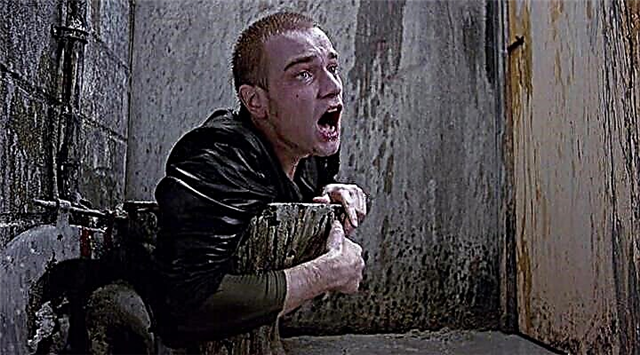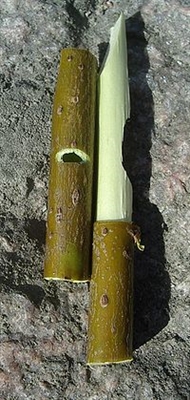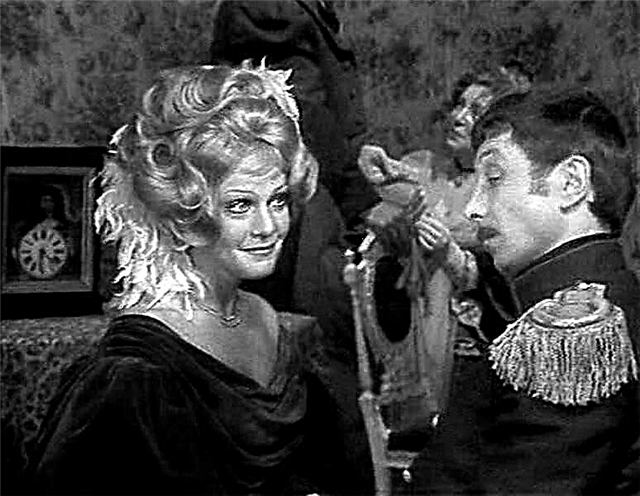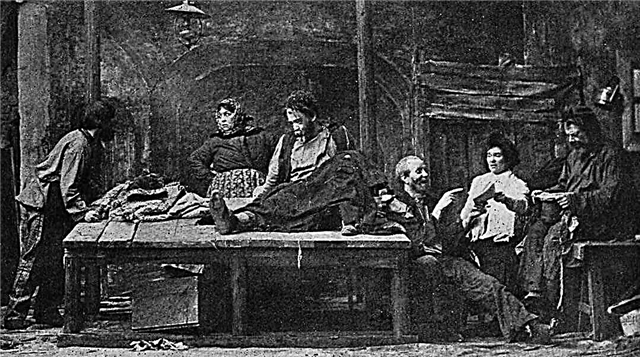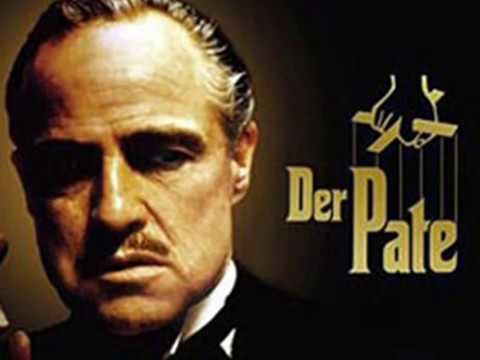The action takes place in England, at the end of 1586 - the beginning of 1587. Her stepsister Mary Stuart, who aspires to the English throne, was imprisoned in the castle of Fotringay by order of the English Queen Elizabeth. Her nurse Anna Kennedy is with her. Despite the rigors of detention and many hardships, Mary continues to be adamant. She has repeatedly managed to bribe security and organize conspiracies against Elizabeth.
Her last guardian, Flying, is extremely strict towards her. But recently, his nephew Mortimer appeared in Fotringey, returning from wanderings in France and Italy, where he converted to Catholicism. There he became a supporter of Mary and now arrived in England to free her. On his side are twelve reliable warriors who agree to help. Mortimer reports that Mary has been tried in London and sentenced to death. The queen warns the young man that in the event of an escape failure, death awaits him. Mortimer is adamant about wanting to free Lady Stuart. Yielding to him, Maria writes a letter to Earl of Leicester in London, she hopes that he will help Mortimer and her.
In the Palace of Westminster at the Queen’s Court, they are discussing Elizabeth’s upcoming marriage with the Duke of Anjou. The queen herself reluctantly agreed to this marriage. She is forced to think about the desire of her subjects to have a legitimate heir to the throne. But now Elizabeth’s thoughts are busy with another - she has to approve the decision of the court over her half-sister Maria. Most of the noblemen from the environment of the Queen of England, led by Lord Burley, supported the verdict. Only the old Earl of Shrewsbury stands up for Lady Stuart, timidly supporting him and Earl of Leicester.
Flying with his nephew appears in the palace. The flight gives Elizabeth a letter from the prisoner requesting a personal meeting. When the queen reads the letter, tears appear in her eyes, those around her are ready to understand them as a sign of mercy for her sister. In fact, the English queen asks Mortimer to secretly kill her rival, but so that no one would guess that the blow was dealt by a royal hand. Nephew of Flight agrees, as he realizes that only by trickery can he ward off trouble from Lady Stuart.
Left alone with the Earl of Leicester, Mortimer gives him a letter to Mary. It turns out that the count has been the favorite of Queen Elizabeth for ten years, now her marriage to the young, handsome French Duke completely destroys his hope not only in her hand, but also in her heart. Lady Stuart's letter once again inspires him with hope for the royal throne. If he helps her to free herself, then she promises her hand to him. But Leister is cunning and very careful, he asks Mortimer to never mention his name in conversations even with his like-minded people.
The count proposes to arrange a meeting between Elizabeth and Mary, then, he is sure, the execution will be canceled, and we can talk about later. Such discretion does not suit the young man; he asks Leicester to lure the Queen of England into one of the castles and keep him locked up there until she orders to release Mary. The count is not capable of this.
Leister implements his plan. On a meeting with Elizabeth, he manages to persuade her, while hunting, to turn to Maria’s castle prison and meet her unexpectedly during her walk in the park. The queen agrees to the "extravagant" proposal of her lover.
Unsuspecting Maria rejoices at permission to take a walk in the park, but Polet informs her that here she will meet with Elizabeth. In the first minutes of the meeting, a beautiful prisoner rushes at the feet of her crowned sister with a request to abolish the execution and release her, but Elizabeth tries to humiliate Lady Stuart, reminding her of her failed personal life. Unable to overpower her crazy pride and having lost control of herself, Maria reminds her sister that she is an illegitimate child, and not her rightful heiress. The angry Elizabeth hurriedly leaves.
Maria understands that she ruined the hope of salvation with her own hands, but Mortimer, who came, reports that this night he and his people will capture Photringue by force and set her free. For his courage, the young man expects to receive a reward - the love of Mary, but she refuses him.
The park around the castle is filled with armed people. Mortimer's friend brings the news that one of their supporters, the Toulon monk, attempted the assassination of Elizabeth, but his dagger pierced only the mantle. The plot is revealed, the soldiers of the Queen of England are already here and they must urgently run away, but Mortimer is blinded by his passion for Mary, he remains to either free her or die with her.
After an unsuccessful attempt on the life of Elizabeth, since the killer turned out to be a French citizen, the French ambassador was urgently expelled from England, while the marriage agreement was broken. Burley accuses Leister of malicious intent, because it was he who lured Elizabeth to a meeting with Lady Stuart. Mortimer comes to the courtyard, he informs Leicester that during a search of Mary, draft copies of her letter to the Count were found. The cunning lord orders Mortimer to be arrested, realizing that if he reports that he has revealed a conspiracy against Elizabeth, he will be credited with this when answering Maria’s letter to him. But the young man is not given into the hands of the officers and in the end stabs himself.
At an audience with Elizabeth Burley shows a letter to Mary Stuart to the Earl of Leicester. The humiliated queen is ready to confirm the death sentence for the depraved woman, but Leister bursts into her chambers by force. He reports that the monk captured after the assassination attempt is only a link in the chain of conspiracy, the purpose of which was to free Lady Stuart and raise her to the throne. Indeed, he corresponded with the prisoner, but it was on his part only a game to keep abreast of what was happening and protect his monarch in time. He had just seized the initiator of the conspiracy - Sir Mortimer, but he managed to stab himself. The magnanimous Elizabeth is ready to believe her lover if he himself will execute the death sentence of Mary.
The indignant people under the windows of the royal palace require the death penalty for Lady Stuart. After reflection, Elizabeth nevertheless signs the court decision on execution and hands it to her secretary. The paper says that the Scottish queen should be executed already at dawn. The secretary hesitates whether to give this document for immediate enforcement of the sentence, but Lord Burley, who is in the Queen’s reception room, is tearing the paper out of his hands.
A scaffold is being built in the courtyard of Fotringay Castle, and in the castle itself Maria says goodbye to people close to her. Lady Stuart is calm, only in private with her butler Melville does she admit that her innermost desire would be to communicate with the Catholic confessor. The old man reveals to her that he has taken the dignity and is now ready to forgive her all her sins. The last request of Mary is that after her death everything was exactly fulfilled according to her will. She asks her heart to be sent to France and buried there. Count Leicester appears, he came to fulfill the order of Elizabeth - to escort Mary to the place of execution.
At this time, in the royal castle, Elizabeth is waiting for news from Fotringey. An old Earl of Shrewsbury comes to her, who reports that the scribes of Mary, who in court showed the guilt of their mistress in the attempted assassination of the English throne, refused their words and confessed to slandering Lady Stuart. Elizabeth feignedly depicts her repentance in her signature by a court decision and blames all the sluggish secretary. Lord Burley enters. Mary Stuart executed. Elizabeth accuses him of haste to execute the sentence. Lord Shrewsbury announces his decision to leave the courtyard. Count Leicester leaves immediately after the execution of Mary in France.

